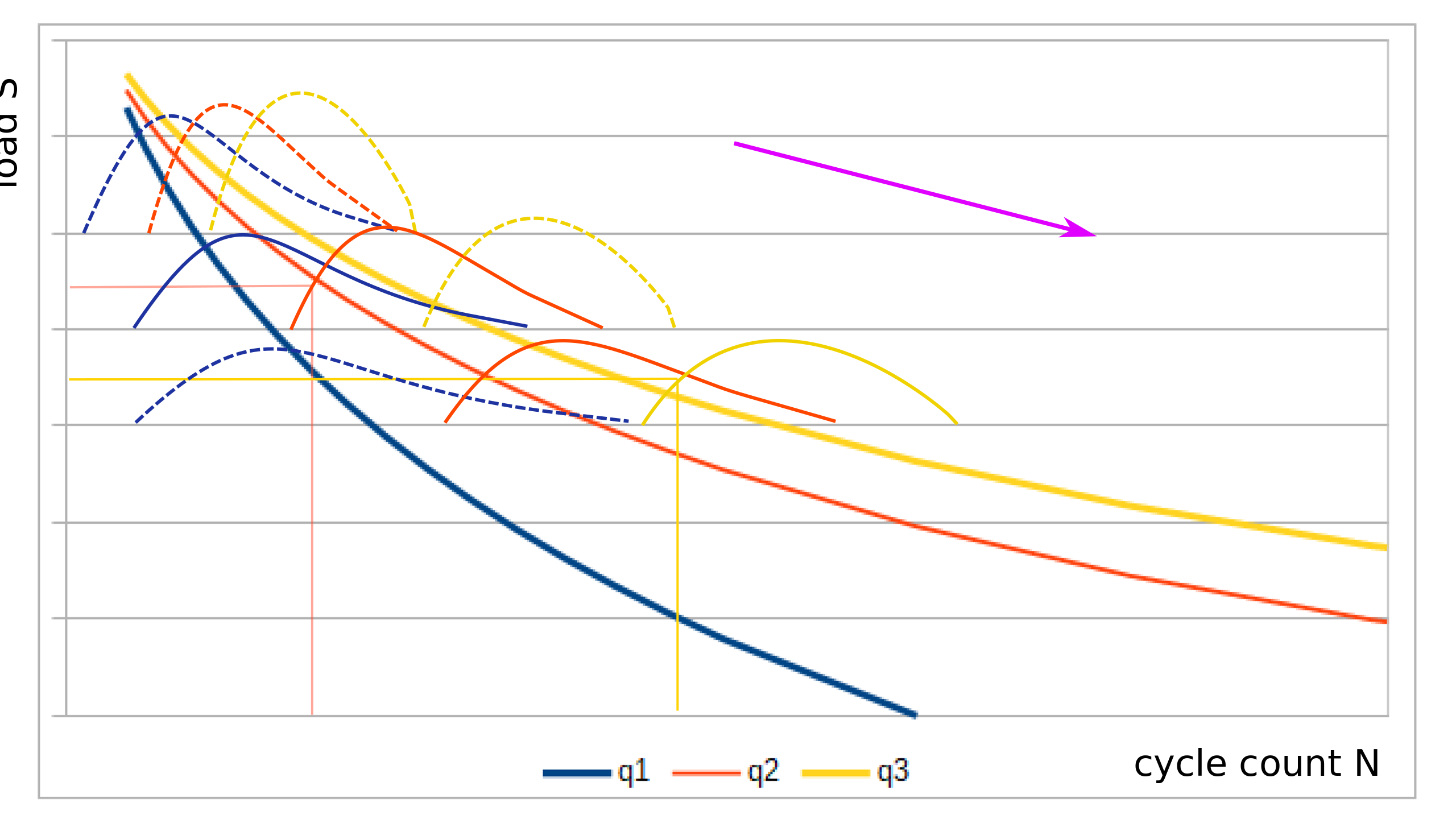Manufacturers need to lower the cost of their products, under stringent requirements for higher performance, lower material cost, compliancy with emerging norms, higher product liability and shorter time to market.
Therefore the product materials need to be tested on fatigue in an early stage of design & prototyping under realistic load & cycling conditions close to real usage.
While the standard static tensile tests are still done as before for the basic material differentiation, today leading manufacturers of products and their material suppliers rely on thorough fatigue testing, providing data on the material behaviour under the failure modes that are relevant for the application.
Materials degrade very differently under high cyclic dynamic load than in the case of a single ultime break load, because of long-lasting initiation of the occuring failure by material inclusions, surface defects, aging, corrosion, composite delamination, wear & fretting.

